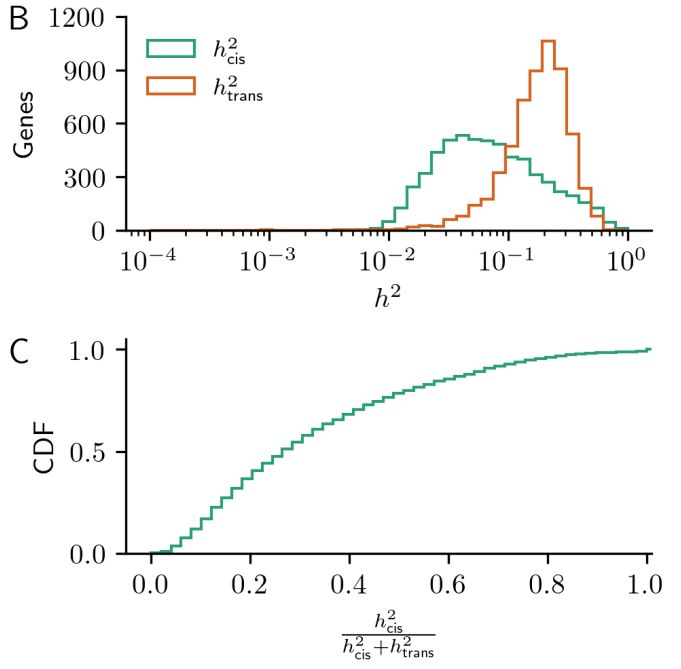Matthew Aguirre
@aguirre404.bsky.social
65 followers
160 following
12 posts
Incoming postdoc at Genentech | PhD from Stanford Biomedical Data Science.
Posts
Media
Videos
Starter Packs
Matthew Aguirre
@aguirre404.bsky.social
· Aug 22
Matthew Aguirre
@aguirre404.bsky.social
· Aug 22
Matthew Aguirre
@aguirre404.bsky.social
· Aug 22
Matthew Aguirre
@aguirre404.bsky.social
· Aug 22
Matthew Aguirre
@aguirre404.bsky.social
· Aug 22
Matthew Aguirre
@aguirre404.bsky.social
· Aug 22






